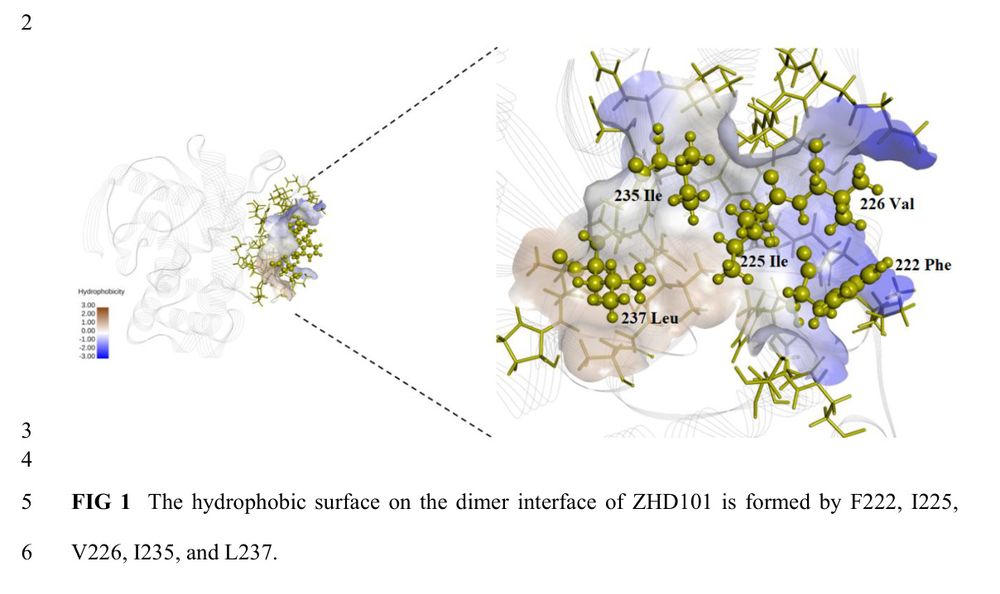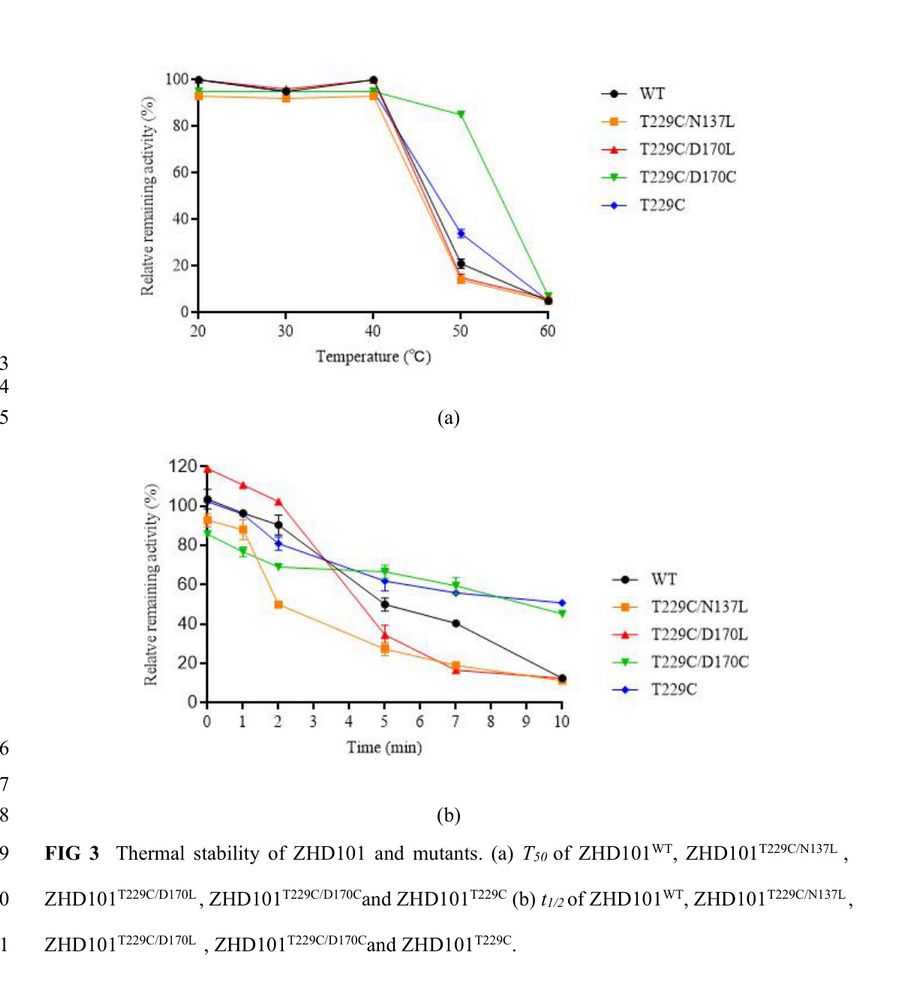RFdiffusion bottom-up creates Ca2+ channels; filter-selectivity tested via construction.




RFdiffusion bottom-up creates Ca2+ channels; filter-selectivity tested via construction.




Fine-tuning protein language models via RL guides them towards rare, high-value sequences by maximizing custom reward signals; applied for EGFR binder design.




Fine-tuning protein language models via RL guides them towards rare, high-value sequences by maximizing custom reward signals; applied for EGFR binder design.



































